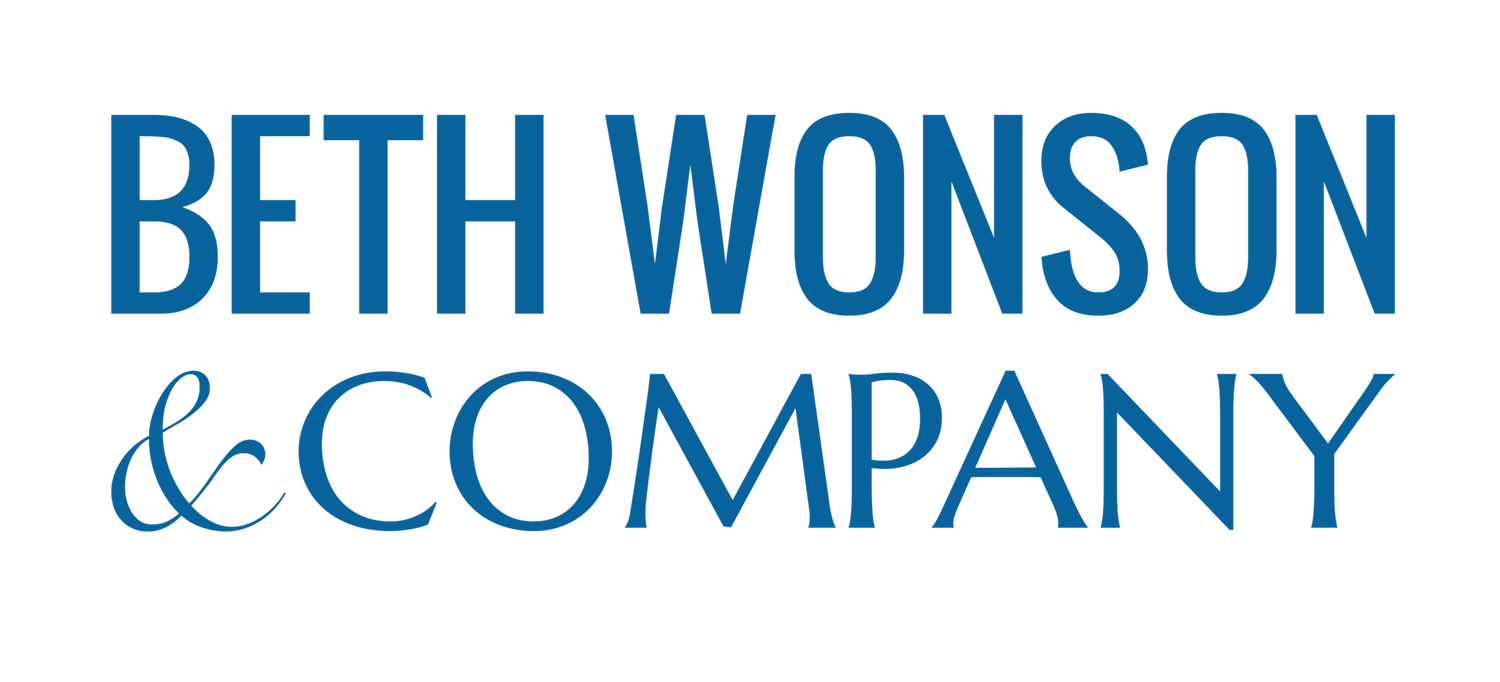Apply Simple Rules
I began a new eating plan because I wanted to lose weight for health and extended wellness. Everything I tried in the past was hard. Too many artificial sweeteners in one food plan. Snacks threw me off track in another. Then I finally hit on a plan that works for me.
The difference with this plan is that it has 4 rules which they call Bright Lines. If you don’t break the rules, you will lose weight. The rules are simple and clear:
Sugar (none)
Flour (none)
Meals (3 per day)
Quantities (know how much you consume)
Guess what? These rules work for me. I can see a chocolate bar in the checkout line at the store and then say, “Nope. Against the rules”. I look at a menu at a restaurant and can easily identify what is outside the rules. The rules are clear and brief.
I was thinking about how simple rules like these can be used to create a positive workplace culture. It’s quite easy to do this when we are clear on the rules, communicate the rules, and then model how they are applied.
I prefer to think of the rules as the norms for how we function together to fulfill our mission and have the biggest possible impact.
Imagine what your workplace would be like if:
The norms for communicating are clear.
Every employee is introduced to the norms and shown how to apply them.
Everyone from CEO to intern communicates by the norms.
The norms are fully incorporated into feedback and performance evaluations.
Colleagues hold each other accountable to the norms in supportive ways.
Many things would be so much easier.
Issues that could easily become fodder for the rumor mill will be openly discussed. New ideas or initiatives will be talked about in terms of the context. People will openly ask curious questions. People will ask for help when they need it instead of struggling along in the wrong direction.
Just like with my eating plan, these rules save time and energy. Simply by narrowing the options on how to proceed, the drama, chaos, and unhealthy conflicts are mitigated.
When things do go off track – and they will, just like with my eating rules – it is easy to see where they went astray and get right back on track. It’s almost like magic.
Here’s some rules to get you started:
Facts: Lean on facts not stories or assumptions
Clarify: Be forthright when you are making an assumption. Ask for clarification when you hear someone else make an assumption.
Context: Seek to understand where an idea originated or how a suggestion aligns. Offer context when you are expressing ideas or opinions. Be truthful when you don’t know, or have an answer.
Vulnerability: Ask for help and offer help.
Curiosity: Ask curious questions, especially when dealing with requests that distract from what is in alignment with the stated goals.
Accountability: Take ownership of your successes and your challenges. Be open and empathetic to others doing the same.
I’m curious to know if your organization has established communication norms.
If yes, how well are they communicated and modeled?
If no, does this sound plausible?
Let me know me through LinkedIn or the Navigating Challenging Dialogue group on Facebook.
